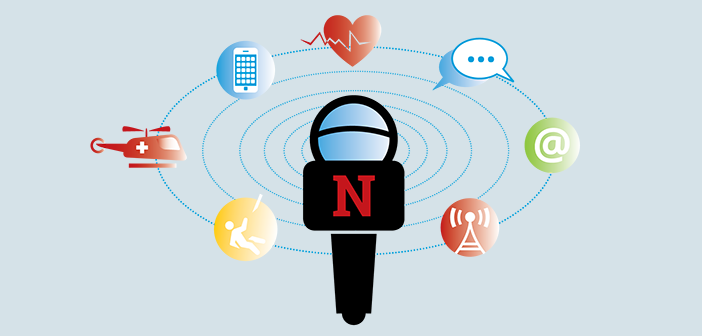Picture this: Despite rigorous staff training and exemplary course and equipment inspection procedures, one of your guests has still managed to find a way to fall 20 feet from one of your elements.
You know it can happen. Adventure courses involve systems, both human and mechanical. Under poorly aligned stars, any system can fail.
Fortunately, serious accidents are rare. Unfortunately, this also means that setting up protocols for managing bad news is probably pretty far down the priority list for many operators.
It shouldn’t be. Yes, you could go years without a newsworthy event. But you could also see one on opening day.
The way you communicate in the aftermath of a major event can have a huge impact on your business. Poor communications can increase both the likelihood and cost of litigation. They can negatively impact your staff, and can have serious long-term impacts on public perception of your business, and thus its bottom line.
That’s not to say that skilled communications will automatically make everything rosy; they won’t. But they definitely help reduce those downside risks. So establishing communications protocols should be a key component of your overall approach to risk management.
WHO ARE YOU TALKING TO?
When something bad happens, lots of people need to hear from you. The list is bigger than you might think.
Obviously, the victim (and family, and friends) needs information. According to victim relations experts, one of the primary reasons that people sue after a premise accident stems from a basic human need to understand what happened to cause a potentially life-changing event.
In other words, victims and survivors want and need answers. If answers aren’t available from the operator (or if the operator gives the appearance of obstructing that need), they begin to assume that the only way they’ll ever get the truth is in court. Many lawsuits really aren’t about the money. You don’t have much time to respond; if 48 to 72 hours pass without news, there’s a much better chance that they’ll lawyer up.
Communicating with victims and survivors isn’t easy, and requires empathy, understanding and sensitivity. Not everyone can do it. Do you know who can do so in your organization?
A major incident can also be hugely disruptive to your staff, and thus, business continuity. Who were the staffers involved in response to the accident? Who had direct responsibility for the apparatus or system that failed? Depending upon the nature of the incident, some or all of your staff may have sustained significant psychological trauma. At a minimum, it’s highly likely that their faith in the way you operate has been damaged. That, too, has business continuity implications.
Then there’s the public.
The public gets involved in two ways. First, there’s the news media. The rarity of major incidents on adventure courses is part of what makes them newsworthy. We may rail at reporters and assume that they’re the problem, but in reality the reporter’s job is to gather the information the public wants to know and disseminate it in a way the public wants it presented. News reporters generally don’t have much personal interest in spectacle, but they all know that the more spectacular a story appears, the more people are likely to be interested.




